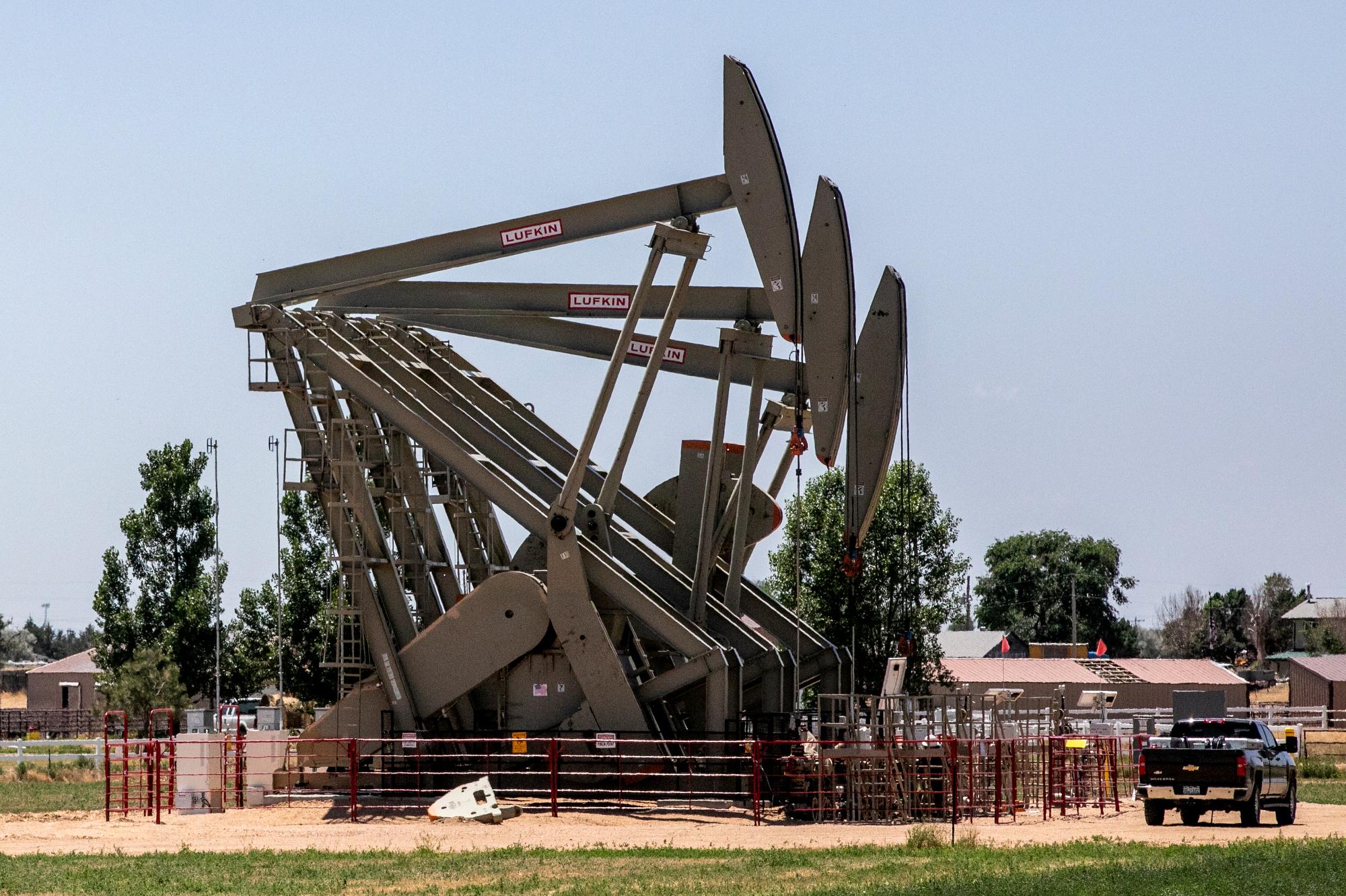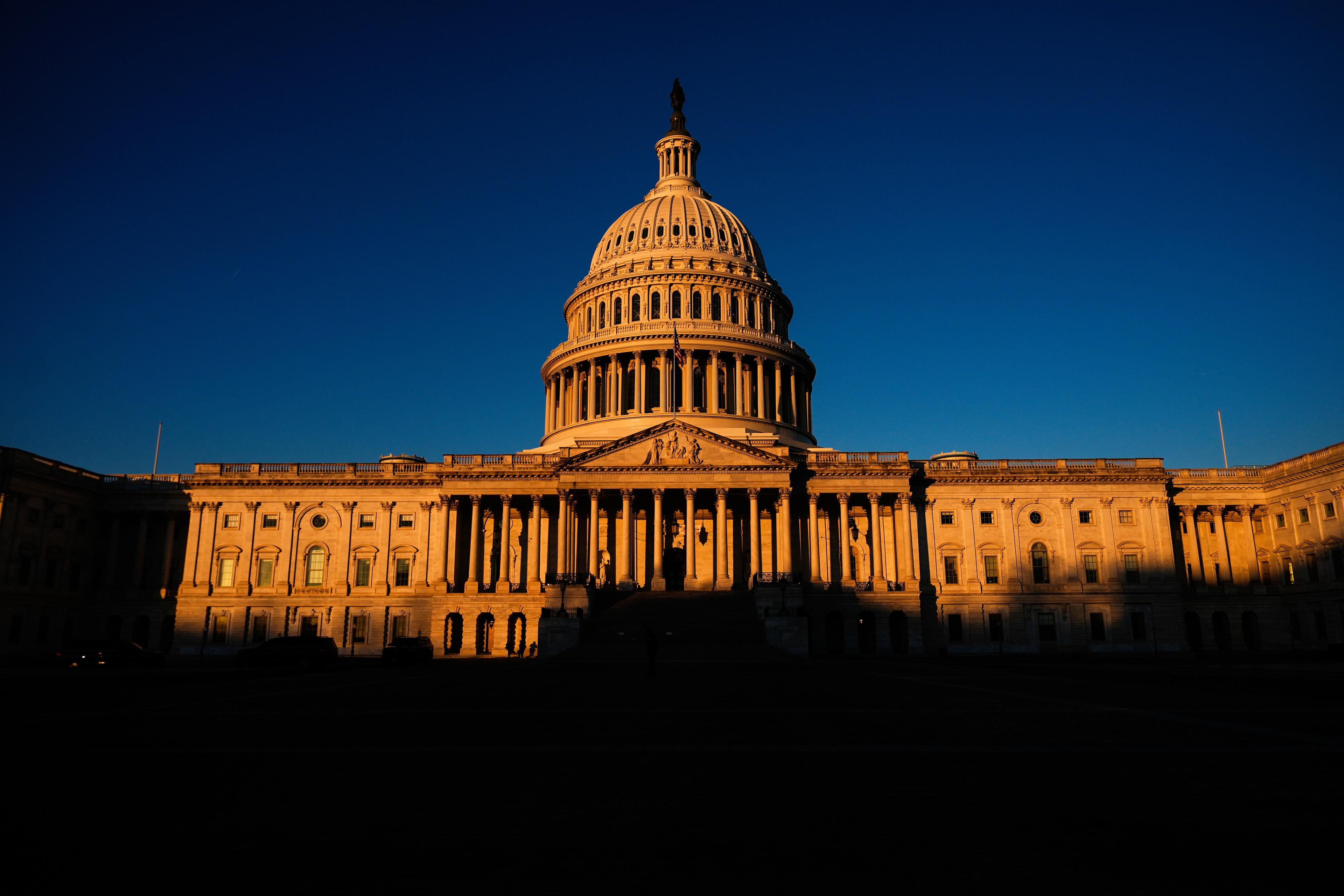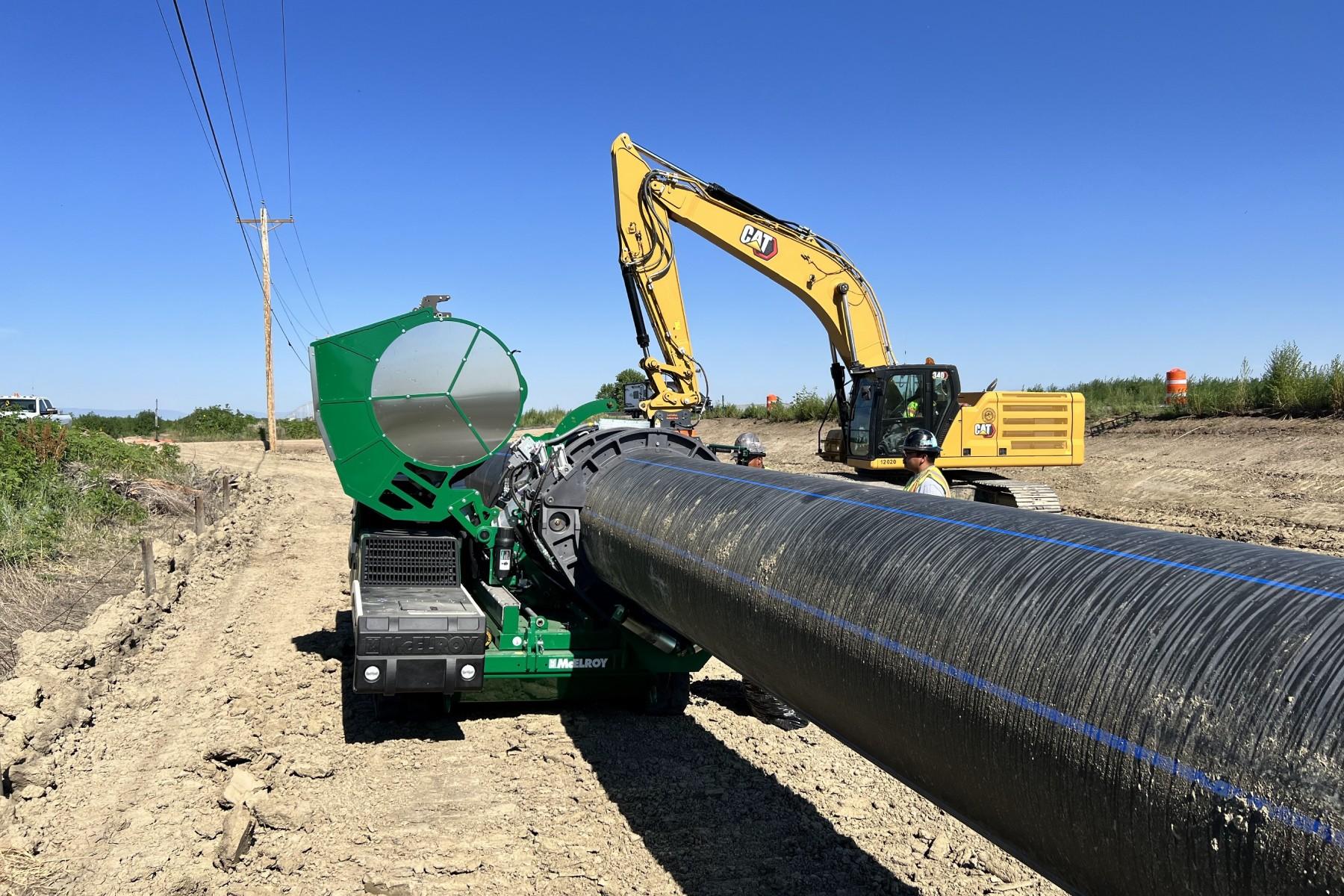
Colorado has one of the highest teen suicide rates in the country, and in El Paso County, home to Colorado Springs, the number of teen suicides has more than doubled in the last three years. In 2014 there were seven suicides, in 2015 there were 14, and preliminary numbers show 2016 will be a lot like 2015.
Local high school students Dee Contreras and Kalia Hunter each made documentaries about youth suicide there; they're part of a filmmaking project. They spoke with Colorado Matters host Andrew Dukakis, along with Jarrod Hindman of the state's Office of Suicide Prevention. Highlights of the conversation are below, edited for clarity.
Hunter, a Palmer High School senior, on why she made her documentary about Palmer High student Dominic Saunders, who was 14 when he committed suicide during the summer of 2015:
“I decided to make my film about Dominic because I was friends with a lot of the people he was friends with and I saw the impact that his suicide had on all of my friends and the community. And then I noticed when I got back to school, at my school hadn't done anything at all about suicide prevention despite the fact that that summer we'd had two suicides. Absolutely nothing, absolutely nothing was said, so I knew I needed to get more awareness out. I also didn't want Dominick to be remembered as just the kid who committed suicide I knew that he needed to be remembered as like who he was as a person.”
Dee Contreras, a senior at Widefield High School, on her own suicide attempts, and whether they were connected to her being bullied for being gay:
"Being bullied was definitely the main reason of my suicide attempts because, you know, I couldn't … it was hard for me to go to my parents to really talk about anything and I wasn't opening up to anyone else and I felt like I was done with everything at that time.”
Contreras on why her own film started with images of her in dresses and with her hair in pony tails; she has short hair now and dresses:
“In the beginning my film shows how I was before all the bullying, where I was happy ... just being able to be a kid again and. Now that I have short hair and stuff it's just it changed everything.”
Hindman of the state Office of Suicide on how El Paso County’s suicide numbers compare to the rest of the state:
“The reality is is that Colorado in general has one of the higher suicide rates in the country and in El Paso County, like many other counties, the rate fluctuates the numbers vary from year to year. But typically El Paso County has a suicide rate both for all ages and for young people that is slightly higher than the state rate, but not considerably higher.”
Hindman on the connection between bullying and suicide attempts:
“So there's evidence that that bullying can be a contributing factor. One of the challenges with this field is this is such a complex public health issue. We typically will say that there's not just one thing that's occurring in a person's life prior to a suicide attempt or death by suicide. I just met Dee this morning and so my intent is not to suggest that she is an anomaly, but typically people have a whole variety of risk factors that show up prior to an attempt. That's not always the case but but certainly that's that's what the research supports.”
Hindman on whether gender identity is a risk factor:
“It is. Gender and sexual identity are are are definitely risk factors. In Colorado we now have survey data from the Healthy Kids Colorado survey. In 2015 that shows that students who identify as gay lesbian or bisexual report higher ideation of suicide making suicide plans and making suicide attempts.”
On the relationship between suicide and media:
“We certainly have quite a lot of research and support that shows that the media's coverage of suicide deaths is very important, particularly for young people. Because the reality is we don't want students who are at risk of suicide learning about and hearing about a young person who has died and -- for want of a better word that death gets glorified -- and so how we share those messages, there are some really standard practices we ask the media to implement when there is a death, particularly the death of a young person. We know that those messages are helpful for people who are at risk. The most important one is, if and when you talk about death, you be sure to talk about the resources that are available in that community for people who may be at risk.”
Suicide Prevention Resources:
- National Suicide Prevention Lifeline: 1-855-273-TALK (8255)
- Colorado Crisis Services: 1-844-493-TALK (8255) or text TALK to 38255
- Pikes Peak Suicide Prevention: 1-719-573-7447
- Safe2Tell: 1-877-542-7233 (SAFE); http://www.safe2tell.org; mobile app
Hindman on the importance of talking to kids directly:
“If you're worried about someone, talk to him directly. If you're a faculty member who's worried about a kid, talk to him directly. If you’re a friend and you're worried that you're gonna get trouble, you're gonna lose that friend, deal with that after your friend is safe. … It's really about normalizing this conversation just like we've normalized conversations with young people about drugs, about sex, about driving safely. Mental health and suicide should be part of that conversation. And the final thing I'll say about prevention is we are really focused at the state level In promoting protective factors. Because kids are resilient and there's so many protective factors available to them. One of our main goals is how do we build that prior to when a kid is suicidal. For us it's really focused on keeping kids connected and feeling attached to their school feeling attached to posit appears in their lives and feeling attached to caring adults who they can trust and go to if they get to a place with a crisis.”
Contreras on still struggling with depression:
“Yeah is still continuing battle. You know I don't know how long it's gonna take to recover from depression, but it's -- I'm slowly working there since I made this film. … You know it's opened up so many windows for me. There's not one thing that I can't tell my parents anymore, so I’m more open with them and more open with my girlfriend and to other peers and teachers. … Ever since I was little I used to bottle things up. I wouldn’t say I was an angry kid but I’d have my moments. I felt nervous and scared to tell my parents because I never thought I would actually attempt suicide. I never thought, you know I would do any of it, but this film just makes me more comfortable.”
Kalia on what she learned making her film:
“It allowed me to deal with like my own emotions around suicide because like I said earlier I wasn't necessarily best friends with [Dominic]. He appears more of an acquaintance that I've hung out with just a few times. But myself, I was extremely upset after this happened but I felt like I wasn't allowed to be as upset as his closer friends were and so I've bottled up my own feelings. And then, mixed with a lot of stuff, it just turned into a pretty bad situation. And so by making the documentary I found healthy ways to express my emotions better and how to be more open and how to have these conversations with people.”
Suicide Prevention Resources:
- National Suicide Prevention Lifeline: 1-855-273-TALK (8255)
- Colorado Crisis Services: 1-844-493-TALK (8255) or text TALK to 38255
- Pikes Peak Suicide Prevention: 1-719-573-7447
- Safe2Tell: 1-877-542-7233 (SAFE); http://www.safe2tell.org; mobile app








